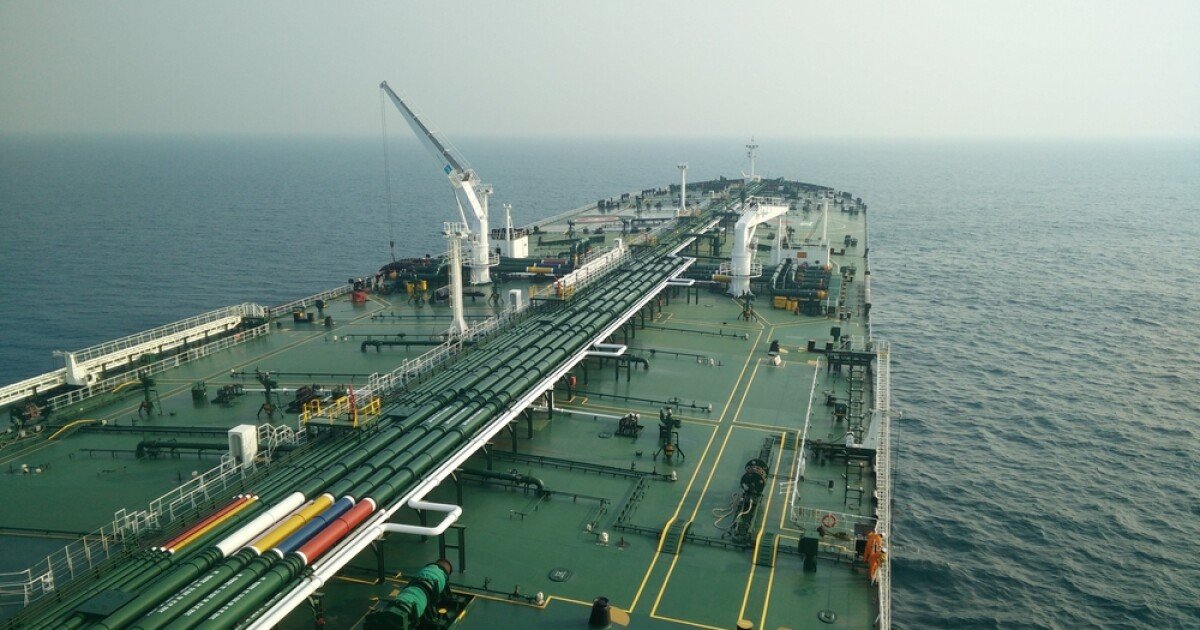Copyright © 2025 Energy Intelligence Group All rights reserved. Unauthorized access or electronic forwarding, even for internal use, is prohibited.
Published:
Thu, Feb 13, 2025

chethalan/Shutterstock
Mideast crude has been the baseload feedstock for most of Asia’s refineries, but official import data shows these grades have lost market share in recent years to cheaper Russian and Iranian barrels. India and China, in particular, have taken advantage of sanctions-related discounts from Russia and Iran, increasing purchases from those countries, while Mideast imports have held steady in other significant Asian markets like South Korea and Japan. The question is whether these trends will continue this year as the geopolitical sands shift quickly: New US sanctions on Russia and tightened enforcement on Iran offer Mideast suppliers a chance to regain some of their lost ground, while a loosening of Russian sanctions under any Ukraine ceasefire deal could upend trade flows. Official exports from the Mideast to China fell for the second year in a row in 2024, with lower year-on-year volumes from Kuwait, Saudi Arabia and the United Arab Emirates. Chinese customs data indicates Mideast grades held their lowest market share in six years at just over 44% — about two percentage points less than in 2023. Imports from the Mideast sank by 340,000 barrels per day year on year to 4.91 million b/d in 2024, outstripping the 249,000 b/d drop in overall Chinese crude imports over the same period. China imported a total of 11.1 million b/d in 2024. What does not appear in the official data is China’s growing appetite for Iranian volumes, which primarily transit through Malaysia via blending or ship-to-ship transfers to evade sanctions. Official Chinese data shows zero imports from Iran in 2024, but Malaysian imports — which can include sanctioned Iranian or Venezuelan barrels, among other blends — averaged 1.4 million b/d last year, or about 300,000 b/d more than in 2023. China also imported slightly less than 2.2 million b/d from Russia last year, up 23,000 b/d in a year when Chinese refiners cut their overall purchases.

